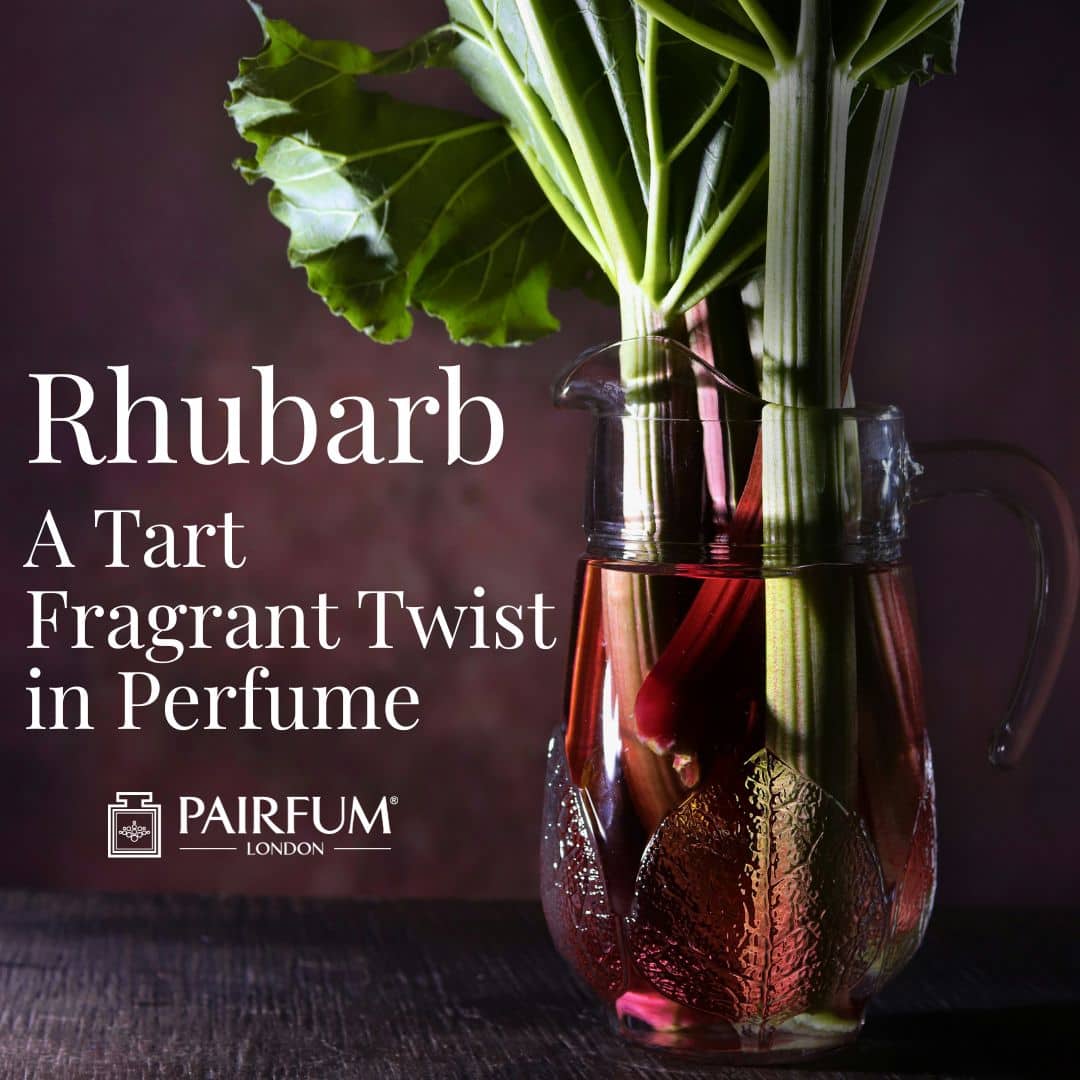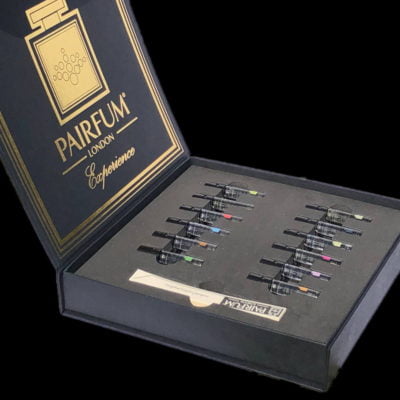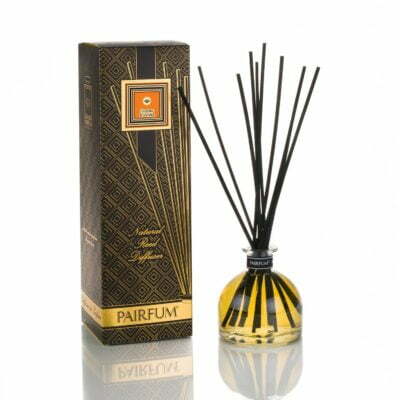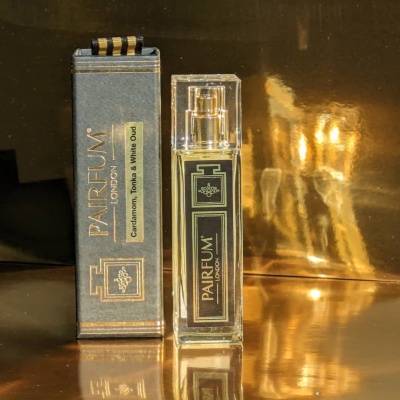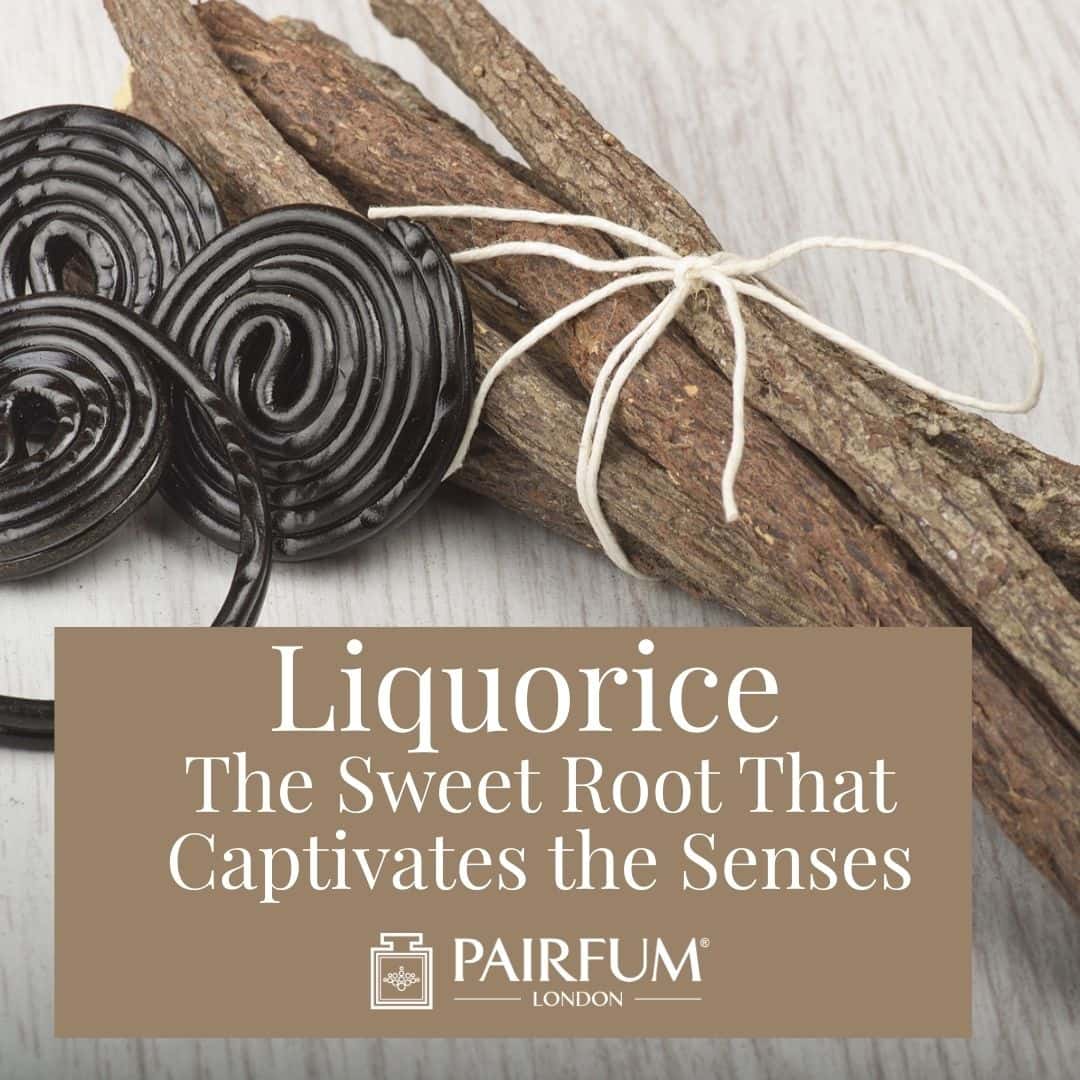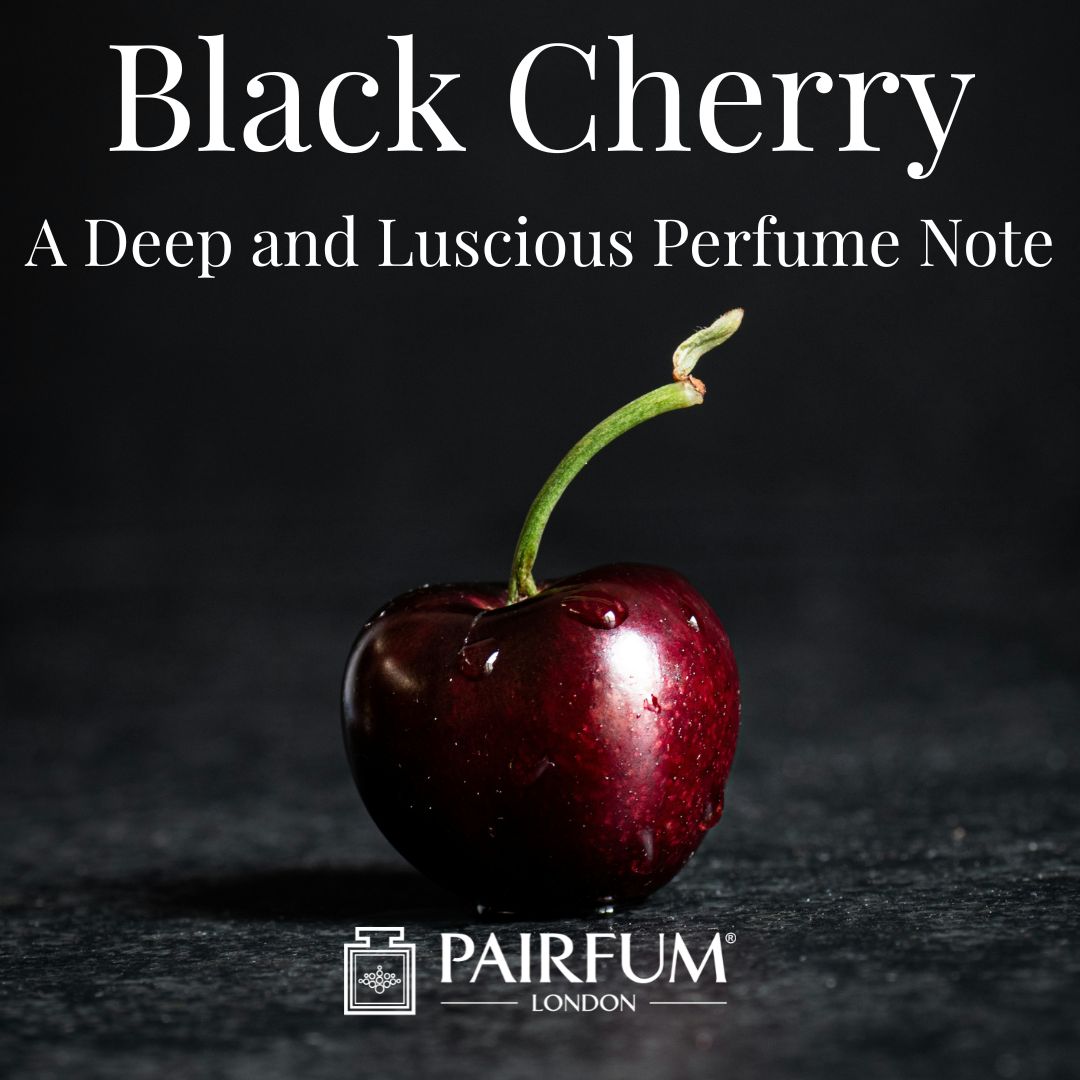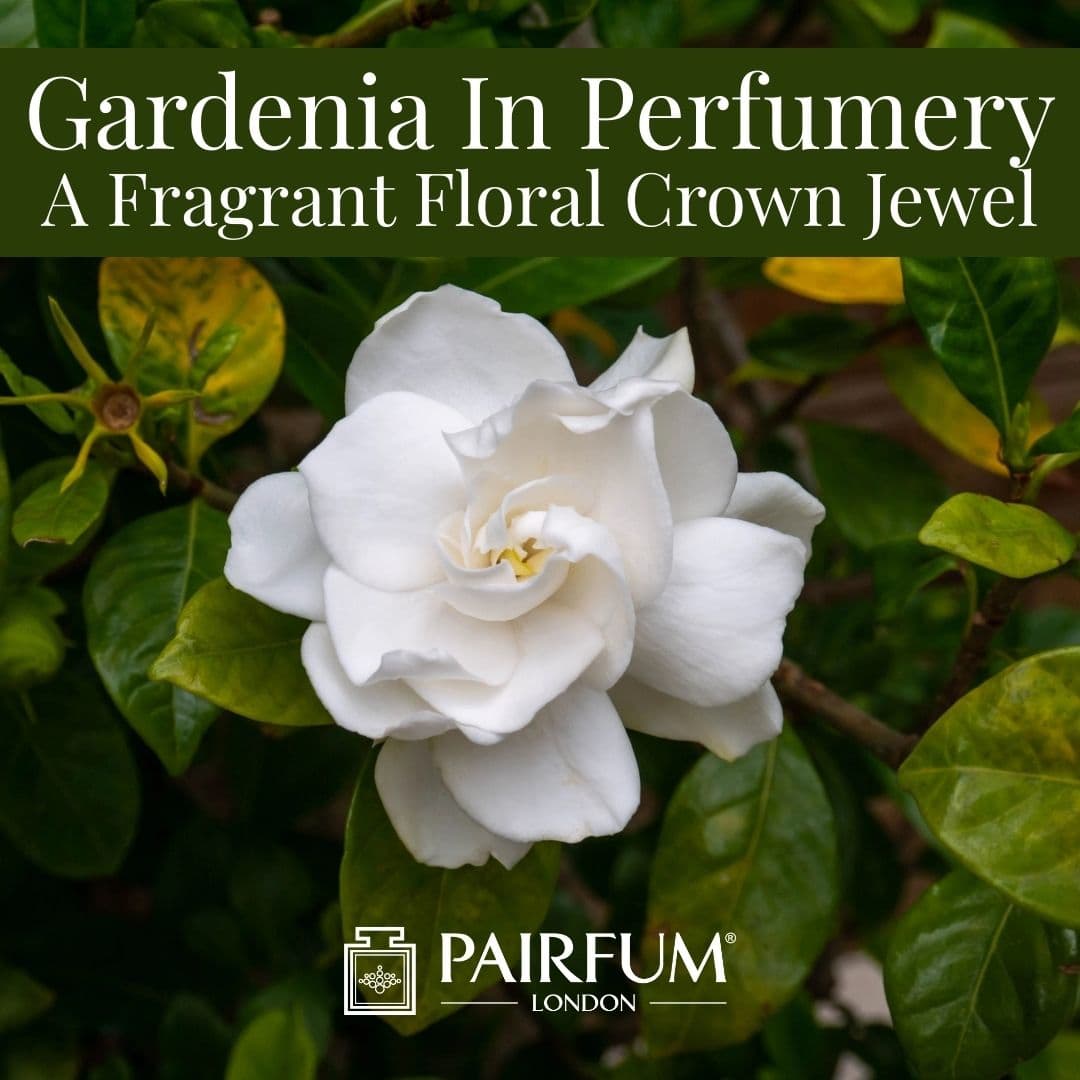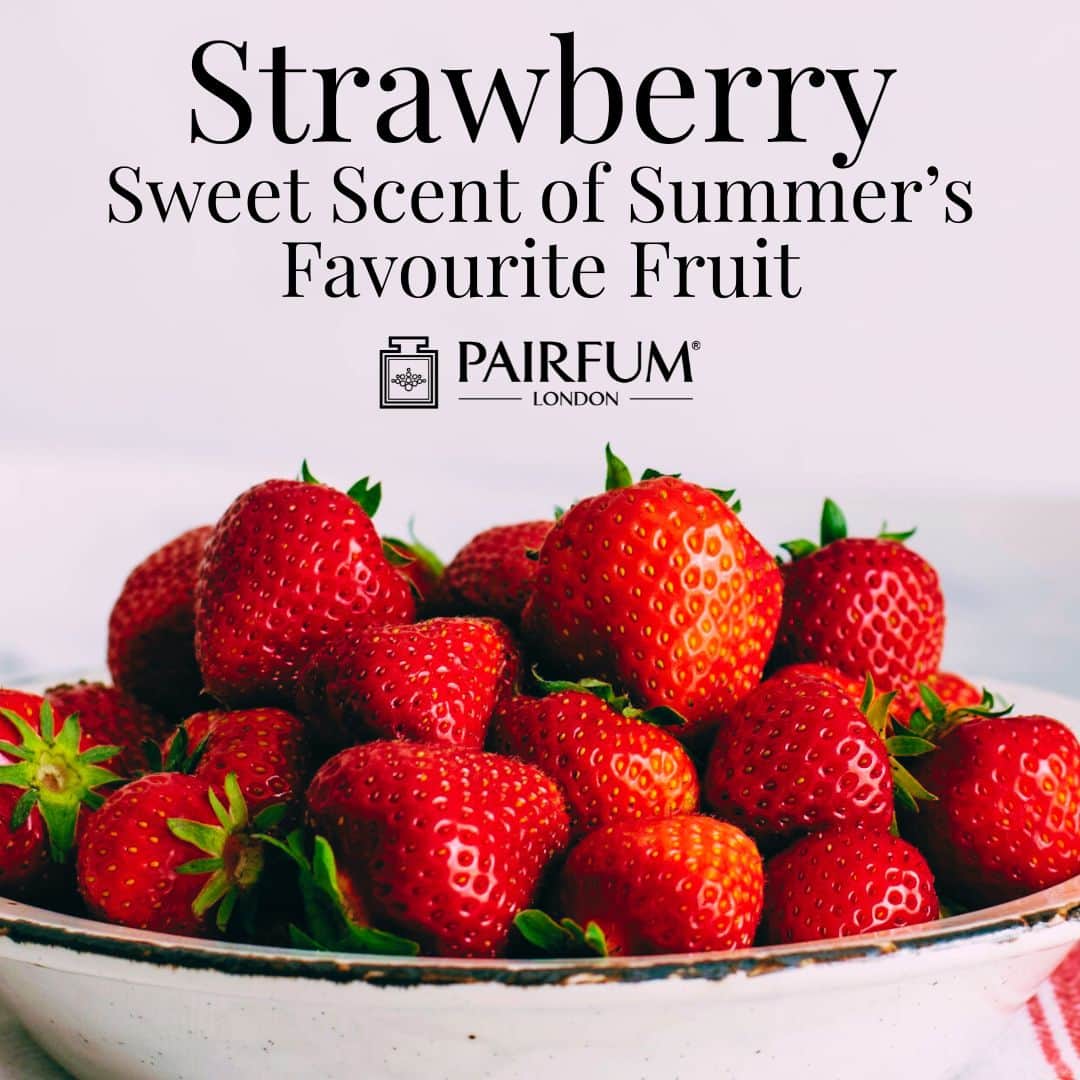When people hear the word rhubarb, most don’t think of fragrance at all. What usually springs to mind first is a crumble with custard, rhubarb cake dusted with sugar, a spoon of stewed rhubarb after Sunday lunch or maybe a rhubarb fool layered with whipped cream. Rhubarb has always been part of kitchens and gardens, less so perfume. Yet here it is today, finding its way into modern fragrance as a sharp, green, tart and playful note. Just as it wakes up desserts, rhubarb can brighten an entire perfume with one fresh stroke.
The Rhubarb Plant and Its Story
The rhubarb plant is a striking thing. Tall rhubarb stalks, sometimes soft pink, sometimes deep red, sometimes green rhubarb, rise from a base known as the rhubarb crown. Surrounding them are huge rhubarb leaves that look impressive but cannot be eaten. They contain oxalic acid, which makes rhubarb poisonous in that form, even though the stalk is perfectly safe. That contrast defines rhubarb: part danger, part delight.
Its history runs deep. The plant, classified as Rheum rhabarbarum, was grown in Asia long before it ever reached Europe. Dried rhubarb root was prized in traditional Chinese medicine for its purgative properties and traded at extraordinary value, sometimes worth more than saffron. Marco Polo mentioned rhubarb root in his travels, describing its importance. Eventually it became a staple remedy across Europe too, long before anyone was thinking about rhubarb cake or strawberry rhubarb pie. That history of medicine and trade means rhubarb has moved from root to kitchen to perfume studio, carrying meaning with every step.
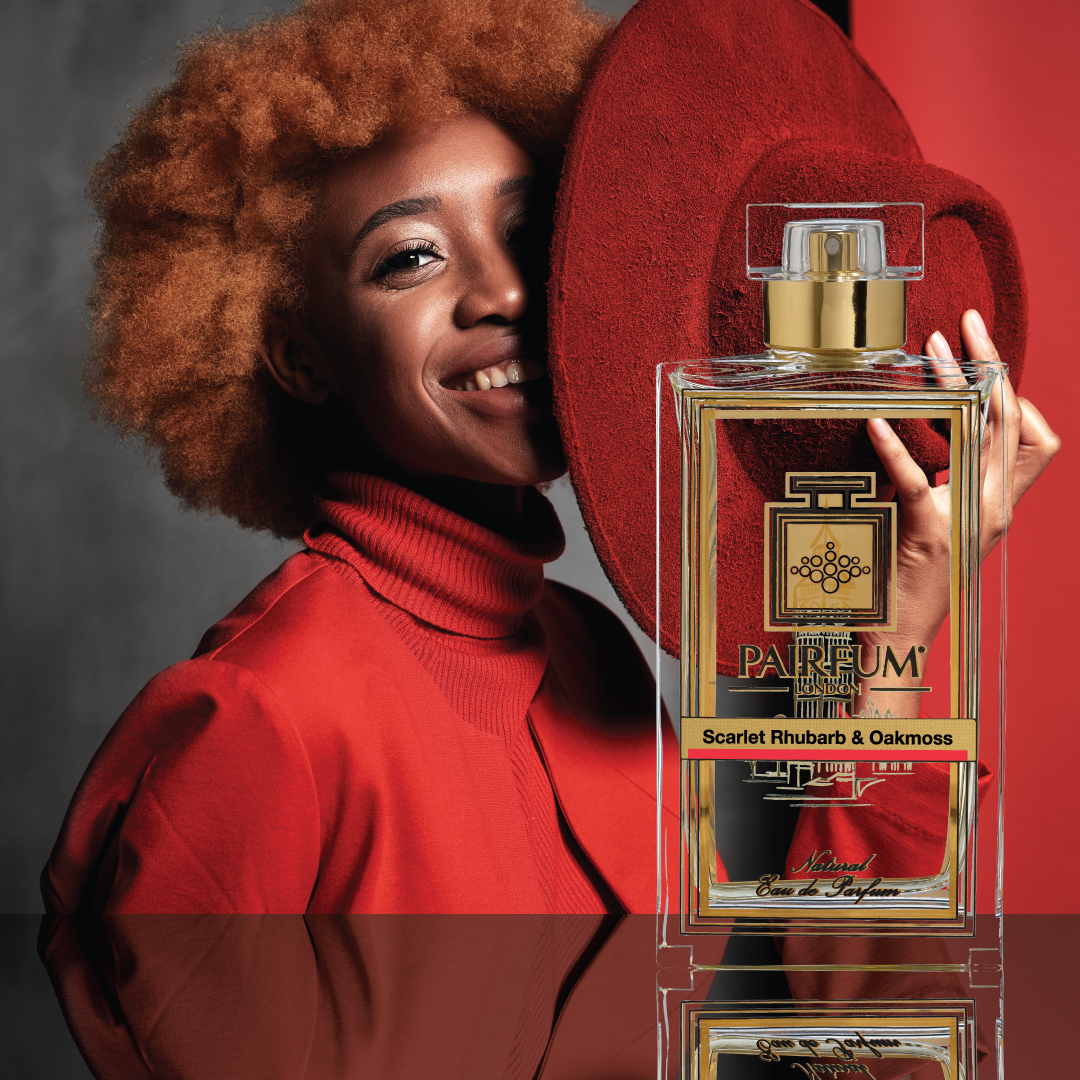
Growing Rhubarb
Gardeners know growing rhubarb is simple once the plant is settled. A rhubarb crown placed into soil in late winter will wake the plant by spring and then provide stalks for years. Outdoor rhubarb varieties thrive in open plots, while forced rhubarb is coaxed with darkness and warmth to appear earlier with delicate flavour and colour. This practice of forcing rhubarb found its most famous home in Yorkshire’s Rhubarb Triangle, where early stalks remain a seasonal delicacy.
There isn’t just one rhubarb variety, of course. People talk about many rhubarb varieties: Victoria is mild, Timperley Early is brisk and energetic, Cherry Red elegant and light. Green rhubarb tends to be more robust and sharp. Each rhubarb variety finds its home in a different kitchen recipe, or gives a perfumer a different nuance to work with.
A Plant That Speaks to Senses
Pulling a rhubarb stalk straight from the garden and breaking it releases a scent instantly recognisable: tangy, green, sour-sweet. Bite raw rhubarb and it crunches with an almost shocking sharpness, which is why most of us grew up dipping it in sugar before chewing. Fresh rhubarb dropped into crumbles, pies or cakes, or even frozen rhubarb thawed out of season, still has that same effect. Cooked rhubarb, softened on the stove with sugar or made into rhubarb sauce, balances its sharpness while keeping the flavour alive. Rhubarb juice captures it in liquid form, refreshing and surprising.
That vivid flavour profile translates with uncanny accuracy into perfumery. The same tartness that needs custard or ginger in cooking becomes the aromatic edge that balances florals or woods in fragrance. A perfumer uses rhubarb the way a cook uses sugar: to hold sharpness and sweetness in check, never allowing either side to overwhelm.
Rhubarb Recipes: More Than Crumble
Most people have one rhubarb recipe tucked away somewhere, a family tradition. Often it’s a basic crumble served warm with custard, a dish so fundamental that many count it among the most comforting of desserts. Crumble can take many forms—rhubarb and ginger crumble, rhubarb and strawberry, or even one topped with rhubarb jam swirled in.
But that’s just the beginning. Rhubarb recipes stretch into strawberry rhubarb pie, beloved in North America, where strawberry softens tartness; rhubarb fool, layered with whipped cream in delicate glasses; and rhubarb cake where sugar makes the batter sing. Cookies with rhubarb are less common but show how the plant adapts, while stewed rhubarb poured over breakfast is still a regular sight in some homes. Cooked rhubarb folded into custard speaks of tradition. Frozen rhubarb makes all of this possible year round. Even rhubarb sauce, poured over ice cream or roasted meat, shows how versatile a rhubarb recipe can be.
The rhubarb plant always comes back to that balance, between tart stalk and sugar softening it, between sharp energy and comfort.

Nutrition and Safety
Though remembered most for dessert, rhubarb stalks carry nutrition too. They are rich in vitamin K, with contributions of vitamin C and vitamin A, alongside fibre that supports digestion. Eating fresh rhubarb or cooked rhubarb means you gain as much health as pleasure.
The rhubarb plant does remind us of caution as well. Rhubarb leaf and rhubarb leaves contain oxalic acid in amounts high enough to make them inedible. That is why rhubarb poisonous warnings have been passed down for generations. Only the stalks should ever head for the table, whether as crumble, rhubarb jam, strawberry rhubarb pie or rhubarb juice.
How Rhubarb Works in Perfume
Perfumers discovered that rhubarb could be used in scent much the same way cooks reach for sugar or ginger. Its tartness has a clarifying effect. In floral compositions rhubarb adds crisp edges to tender notes like rose or violet. In woody or spicy blends it lifts heaviness, cutting through with brightness. In gourmand perfumes, which often echo dessert, it prevents ingredients like vanilla or custard-like notes from becoming cloying. It is the same principle as adding sugar to stewed rhubarb, or ginger to a crumble: a natural balancing act.
Rhubarb varieties play a role here too. Fresh rhubarb with a sweeter tone is treated differently by perfumers than sharper Timperley Early or green rhubarb. Whether you start from raw rhubarb, scented extracts of rhubarb root, or aromatic reconstructions, the outcome carries something instantly familiar and refreshing.
Symbolism and Memory
To see fresh rhubarb stalks appear in late winter is an experience in itself. Outdoor rhubarb bursts up through frosted ground, while forced rhubarb glows pink in dark barns. These sights have always been tied to the first signs of spring and renewal. The rhubarb plant is seasonal but dependable, symbolic of resilience.
And then there are the memories. For many, rhubarb is woven into childhood: crumbles after Sunday lunch, custard poured generously, rhubarb cake on special occasions, rhubarb jam on toast in the morning. In North America, it might be strawberry rhubarb pie cooling on a kitchen counter, or rhubarb sauce simmering with ginger. Ask someone about rhubarb and often they will speak of growing rhubarb in family gardens or harvesting rhubarb stalks from outdoor rhubarb patches. It is not just food or perfume, but experience, comfort and continuity.
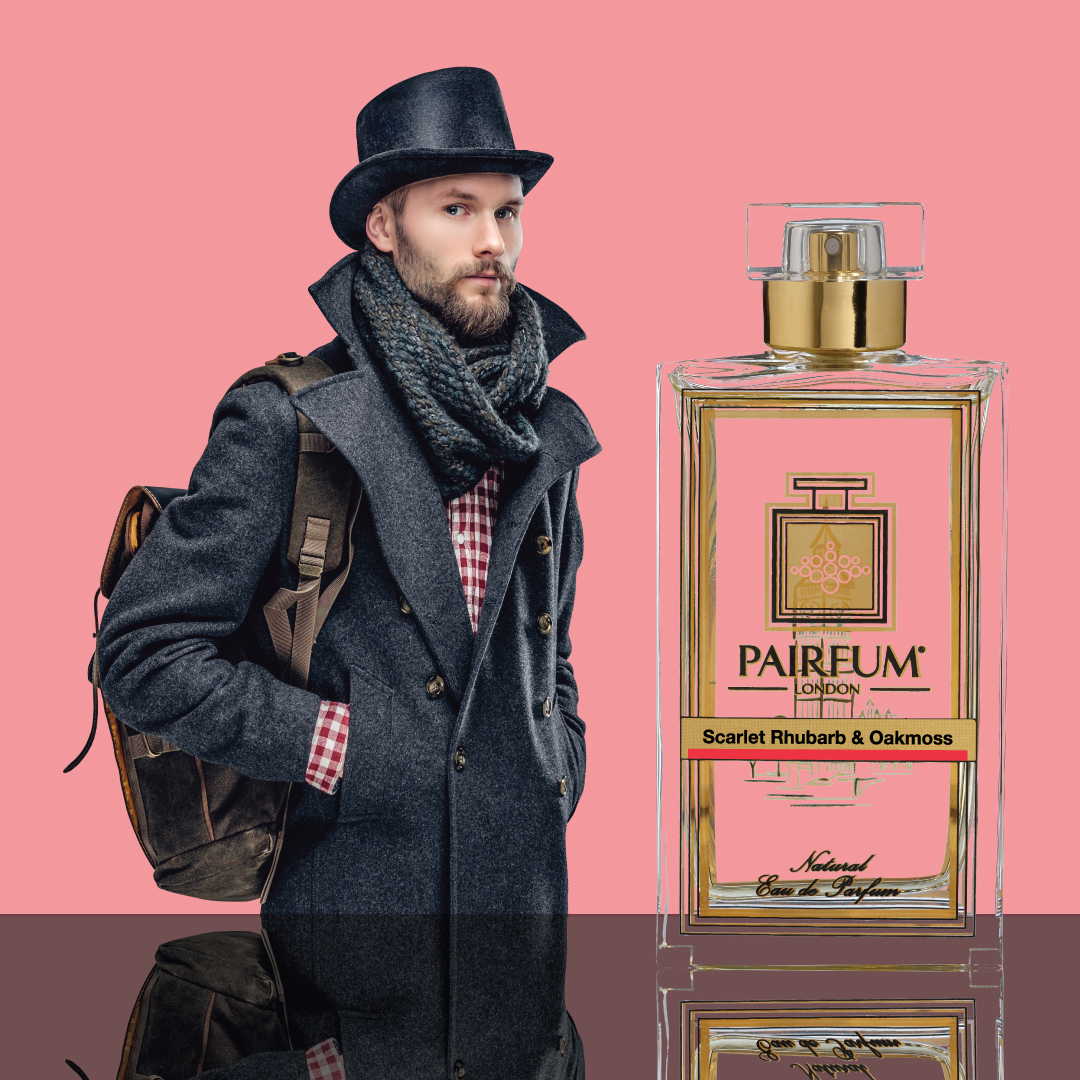
A Rhubarb Twist with Pairfum London
Scarlet Rhubarb & Oakmoss – Eau de Parfum by Pairfum London
This bold, floral Chypre fragrance opens with a blend of fresh Tart Rhubarb, Sub-Dried Fruits and Ripe Strawberries. Hints of crisp Apple & Apricot wrap around the warm heart of elegant White Gardenia. The base of Oakmoss and Sensuous Musk provides a rich and lingering drydown.
Conclusion: The Enduring Voice of Rhubarb
Rhubarb is never just one thing. It is the tart stalk we sweeten with sugar, the custard-topped crumble, the frozen rhubarb baked into winter pies, the rhubarb fool brightened with whipped cream, and the rhubarb juice sipped cold. It is the rhubarb root traded centuries ago, the rhubarb crown buried each year to keep a plant alive, the Rhubarb Triangle’s forced rhubarb lighting up markets in February. It is raw rhubarb chewed with sugar, cooked rhubarb in desserts, and rhubarb cake or rhubarb cookies appearing in kitchens. It provides vitamin K, vitamin C and vitamin A but reminds us that rhubarb leaves, with oxalic acid, remain inedible.
And in perfume, rhubarb becomes clarity, freshness, surprise. Like ginger in cooking, like strawberry in pie, it balances and brightens. Sharp, lively, playful, but forever rooted in memory, rhubarb holds its identity wherever it appears.
